Kitchen Projects #004: Pumpkin Basque Cheesecake
Hello!
Welcome to the fourth edition of Kitchen Projects, a recipe development and cooking journal by me, Nicola Lamb. I’m a pastry chef, recipe developer and bakery consultant based in London.
For this week only, the Kitchen Projection newsletter is arriving with you MIDWEEK in honour of Thanksgiving. Which, BTW, is tomorrow, if you didn’t know. I wanted to take this opportunity to share a very special Thanksgiving/generally autumnally festive dessert with you: A burnt basque cheesecake, pumpkin style.
I’m not sure how many of you actually celebrate Thanksgiving - I’m certainly in the minority here in London.
Over the years, I’ve inherited it from friends and family. So, if you’re not familiar with it, here’s a quick overview: it’s a day that literally reminds you OVER AND OVER to be grateful and to celebrate the people and things in your life that make it… well, your life. And you eat turkey. In NOVEMBER (this 100% freaks out the whole of the UK).
So, I’ll take this moment to say that one of the many things I am grateful for this year is you! Thank you so much for joining me on this journey and sharing this space with me. It’s just wonderful.
The next Kitchen Projects newsletter will be on Sunday 6th December.
If you haven’t already subscribed, you can do so here.
And if you’re enjoying this then please, share it with a friend!
Love,
Nicola
A cheesecake and a pumpkin walk into a bar…
This week, we’re going to get a bit festive. No, not THAT kind of festive, don’t worry, I know it’s still only November. We’re going to get festive in an American way because it’s Thanksgiving tomorrow. In honour of the holiday that so many of my closest friends and family celebrate, I’m going to give you an autumnal take on one of my favourite desserts – we’re going to make pumpkin basque cheesecake.
But before we get started, there’s something to get to the bottom of: WTF is a pumpkin spice latte?
That’s what I wondered when I was living in New York in the autumn of 2015. The sides of yellow cabs were plastered with confusing questions like “Pumpkin Spice is back. Who’s not excited?” Park benches cried out to me that this year’s cult beverage “contains real pumpkin”. And, all of a sudden, the internet was humming with PSL memes. It turns out there’s even an official pumpkin spice latte twitter account. It has 95.5k followers.
Having never celebrated Thanksgiving before, I didn’t really understand the whole pumpkin pie thing. The idea of a latte made me… confused. First off, how did they get pumpkin into coffee, especially since this year it was supposedly real pumpkin? Was it a puree? Or some kind of juice? How thick and starchy was this going to be? What kind of straw or equipment was needed to drink it? Was it going to be a soup?
I took some direct action to find out. I marched into the closest Starbucks, which was only seconds away because, kind of like a rat in London, turns out you’re never far from a Starbucks in Manhattan.
I was… deeply disappointed. Maybe it was always obvious to you, but a PSL doesn’t taste anything like pumpkin. It tastes a LOT of ginger, a lot of cinnamon and a bit of cloves. Even with the “real pumpkin”, there was absolutely no evidence that a pumpkin was ever involved, except for the name. So, here are some follow up questions:
Why can’t a pumpkin just taste like a pumpkin?
What is the point of using pumpkin at all if it’s just going to taste more of ginger, cinnamon, nutmeg and cloves?
But wait… what does pumpkin even taste like?
How did this get so philosophical so quick?
We’re going to figure that out today in Kitchen Projects. In honour of the American holiday which elevates and celebrates pumpkin, let’s do this!
Before we get started... I admit to feeling somewhat sheepish writing so positively about U.S. Thanksgiving given it’s somewhat murky origins, so I want to take a moment to address that. If you want a broader perspective on it and, indeed, to shine a torch into the cobweb filled attic that is American history, I recommend A People’s History Of The United States by Howard Zinn.
---
The cheesecake bit
The basque cheesecake has always been a huge area of interest for me. I’ve been obsessed with it since first tasting it at La Vina in San Sebastian, where it originated back in the 1990s.
If you’re not familiar with it, a basque cheesecake is also known as a burnt cheesecake. It has no crust and it’s all the better for it. The real magic is it’s simplicity: it’s dense yet smooth, with a deeply caramelised outer layer that breaks through the creaminess.
I spent a lot of time developing my first recipe for a classic basque. It became an obsession – a cheesecake that you were actually encouraged to burn? SIGN ME UP! I’d lived in fear of baking cheesecakes for too long. I was excited to cast the water-bath aside. I tried lots of recipes online but didn’t find them smooth nor creamy enough, despite containing almost a kilo (!!!) of cream cheese.
After many attempts, I managed to nail it: into it goes a ‘don’t think about it’ amount of cream cheese, a little flour for stability, a good helping of sour cream for tang and double cream, as well as a hefty helping of eggs which help it both souffle up and set into a creamy mass of joy.
The biggest factor, I realised, was not so much the ingredients (which are unfussy) nor the method of mixing (which is even unfussier) – it was the baking time. Most of the recipes I’d tried online far overestimate the baking time. If you really want to get that wobble and smoothness down, you need to cook it just enough to set and darken on top, but not so long that the eggs and flour start acting up.
My OG basque cheesecake still occupies a huge space in my heart. Admittedly, it’s had to shimmy over to make room for this autumnal version which is definitely distinct. The pumpkin basque isn’t quite as glossy as the original, but it has its own personality and a deeply pleasurable level of density, which makes it all the more loveable. I kept the bones of the recipe the same and decided to go for 50/50 cream cheese v pumpkin ratio. As I wasn’t seeking the tang so much for this profile, I left out the sour cream and went for pure double cream.
The pumpkin part
I’m often suspicious of pumpkin recipes, largely due to the whole pumpkin spice thing. I’ve made pumpkin pie recipes before and then wondered why I bothered including the vegetable bit at all. I’ve tried recipes in the past which taste nothing of their namesake but instead, much like the Starbucks PSL, tasting a lot like cinnamon, ginger and nutmeg.
When I became set on adapting this cheesecake, I wondered what else I could do to amp up the sweet and earthy flavour profile of the pumpkin itself. The aforementioned PSL spices do bring out the sweet mellowness but surely there was something else I could do to balance the flavours in the cheesecake and not let the spices dominate too much.
I was speaking to my pie-spo Nicole Rucker (she really is the icon of American pies and if you don’t follow her or have her cookbook Dappled, I urge you to rectify this ASAP!) who mentioned that she caramelises her sugar for her classic pumpkin pies. I immediately wondered if this could work for the basque.
The answer? Yes it does. And it’s a marvel: by caramelising the sugar, deglazing with cream and THEN adding the raw spices into the caramel sauce. Once everything was in, I let it all bubble up together nicely which, on tasting, adds some much needed complexity. That being said, you could omit the spices completely (and I’ll definitely say that they are optional in this recipe) and be extremely happy.
Once mixed with the pumpkin, the caramel brings out beautifully warming nutty and roasty notes that help remind you that this dessert does, indeed, contain real pumpkin. Just like Starbucks.
But what about the texture?
Silky, OF COURSE, is the goal, but for this cheesecake fusion moment I was keen to ensure I had a decent mouthful. In my OG basque, I stabilise the mixture with a bit of flour. Since pumpkin is already starchy, I decided to reduce this a bit.
On baking the pumpkin basque, it does rise and souffle like the OG but not quite as dramatically. It should be gloriously jiggly when it comes out of the oven but settle and fall. The addition of caramel makes this baby burn very nicely and you get a fabulous colour quite quickly.
I’m going to be honest with you – testing the basque cheesecake is stressful. Firstly… it’s HUGE and thus potentially very wasteful for any imperfect slip-ups. It’s not possible to test it in a smaller quantity because you need the volume in order to get the dark top without the middle being completely curdly and overbaked. I’ve tested this recipe three times now but there’s a final tweak in the baking time which I’m going to share with you.
My first test was in a 6-inch cake tin. I baked it for 35 mins and it came out pretty firm, but still very smooth and gorgeous. For my second I tested minis, just to get the spicing right. For the third, I tested the recipe in my regular 8-inch cake tin. I baked it for 45 mins in total, including a 5 min MAX blast at the end, and it is gorgeously thick and smooth. Despite being extremely jiggly when removing from the oven, I think it could take less baking.
When I make this again (which, given this is going out tomorrow at the time of writing I won’t have time to before sending), I will bake it for 35 mins total, including a max temp blast, and you’d be very happy. It will definitely be cooked through and will likely have a more satisfying wobble. I might even take it out at 30. I’ll see how daring I’m feeling.
You’ll just have to trust me on this.
If it isn’t browning
Keep a careful eye on your basque during the baking – it may need to be turned to brown evenly and if it isn’t taking on colour then take matters into your own hands. I like to monitor it carefully and often hike the temperature up to max for the last 5-10 mins of cooking and see if you can get it to brown that way.
If you’re worried about over-baking it the don’t! You’d have to go way past 50 or even 60 mins before things start to go iffy so don’t worry and take your time. Making sure you’ve got full caramelisation on the crust is key.
The long wait
Due to the starchy pumpkin puree in the cheesecake, this basque is much firmer than an OG basque. This means the usual long overnight wait can be forgone for just a few hours in the fridge to firm up before serving. I say this with a caveat as I haven’t tried it myself BUT… you could probably forgo the fridge rest completely and, like they do at La Vina, serve 4-5 hours after baking.
Pumpkin: tinned v fresh
Alright, let’s talk about whether it’s really worth going through the bother of making your own puree or not. I used the tinned stuff in my first iteration of the basque and it was absolutely delicious and I would 10/10 do again. But… sorry! The truth is, if you wanna level up, you should think about making your own puree. For the second iteration I made my own puree using a beautiful delica pumpkin.
I’m new to the whole pumpkin thing but I have to say I am extremely pleased with how this turned out. You definitely do want to use one of those fancy looking ones. They’re called Delica pumpkins but they look and behave similar to the Japanese pumpkin called a kabocha. These pumpkins have densely packed and intensely flavoured flesh so it’s worth seeking one out if you’re going to make your own puree. Making your own does level this whole dish up. And if you're going to go through all of that hassle, why not use the fancy ass one? This isn’t an everyday dish, let’s be honest.
I wouldn’t recommend using a run-of-the-mill pumpkin or butternut squash – you can, but you’ll need to leave the puree to drain overnight to get as much water out of it as possible after baking. You’ll be amazed at how much is in there! You still get some liquid from the others, but much, much less.
Alright, time for the recipe
Equipment
I use a KitchenAid with the paddle but you can make this by hand OR with an electric hand whisk
Ingredients
Makes 1 huge basque cheesecake - fits in an 8inch cake in
475g cream cheese
425g tinned pumpkin puree or fresh OR 1 x delica pumpkin to make your own puree
6 eggs
375g double cream
275g sugar
10g flaky salt
25g plain flour
OPTIONAL spices
2g cinnamon
2g ginger
1g nutmeg
Method - Pumpkin Puree
Making your own puree? Well LOOK AT YOU! Get your oven on to 160c fan
Cut your pumpkin in half , remove the seeds then and place cut face down on a baking tray with parchment
Bake for 40 mins until very soft. A knife should easily pierce the flesh
Allow to cool completely
Remove the flesh and puree in a food processor until completely smooth
Pass through a sieve, twice, if you can be bothered. It’s worth putting it into the sieve and allowing some of the water separate out. Discard this liquid! By now it should be looking gorgeously smooth
Pumpkin puree will be good in the fridge for 5 days
Method - Cheesecake
Preheat your oven to 220c fan. You’ll turn it down once the cheesecake goes in but i want to make sure it’s super HOT!
Prepare your cake tin - cut two large squares of paper and place them into your 8inch cake in at an angle so you have high sides of paper around the whole tin
Beat your cream cheese slightly until there are no lumps. You don’t want to put air into it but you do want to make sure it is smooth
Once smooth, mix in the pumpkin puree and combine til homogenous
Now it’s time to add the eggs in - go one by one and slowly, ensuring each egg is completely combined before adding the next
Meanwhile, get your caramel on. In a pan, add all of your sugar and put onto a medium heat heat, stirring occasionally until it has melted, there are no lumps of sugar and it is a light amber. We’re not going for anything too crazy dark here
Once you’ve reached the desired colour, add your cream slowly. Be aware it will sputter and spit and steam and you need to whisk it well
Add the rest of your cream slowly. Do add it slowly otherwise you’ll have lumps of hard caramel in your mixture
When all the cream is in, bring it back to bubbling and add in your spices, if using
Set caramel sauce mixture aside to cool slightly whilst you get on with the next step
Place your salt and flour into a clean bowl
Pour a little of your egg/cream cheese/pumpkin mixture into your flour, whisking until there are no lumps
Continue adding small amounts until you have a smooth mixture that can easily be added back into the rest of the cream cheese/egg/pumpkin mixture
Once you’re sure there are no lumps, combine it all back together
Slowly add in your caramel sauce mixture and mix until homogeneous
Pour your cheesecake batter into the prepared cake tin
Place into the oven. Turn the temperature down to 205c fan
Bake for 35mins - 45 mins, turning it up to MAX temp for the last 5 mins if it isn’t colouring. It will be super jiggly and hopefully burnished and deeply caramelised.
NB. When it comes to the baking time, you get to pick! Feeling brave & oozy? Go for 35 mins (perhaps even 30 mins if you’re a total daredevil, let me know and REPORT BACK), you’ll have a softer texture. If you’re more in the market for guaranteed joy, at 45 mins your cheesecake will be more firmly set but still very smooth
Now it’s time for the wait…
35 min baking time - allow to cool and set in the fridge for 6-7 hours or overnight
45 min baking time - allow to cool and set in the fridge for 2-3 hours
Eat cold from the fridge or you can let it warm for 30 mins or so
This cheesecake lasts well in the fridge for 5 days. But please, for the love of thanksgiving, when you’re slicing up the cheesecake, PLEASE wipe your knife between slices! I’ll totally know if you don’t.


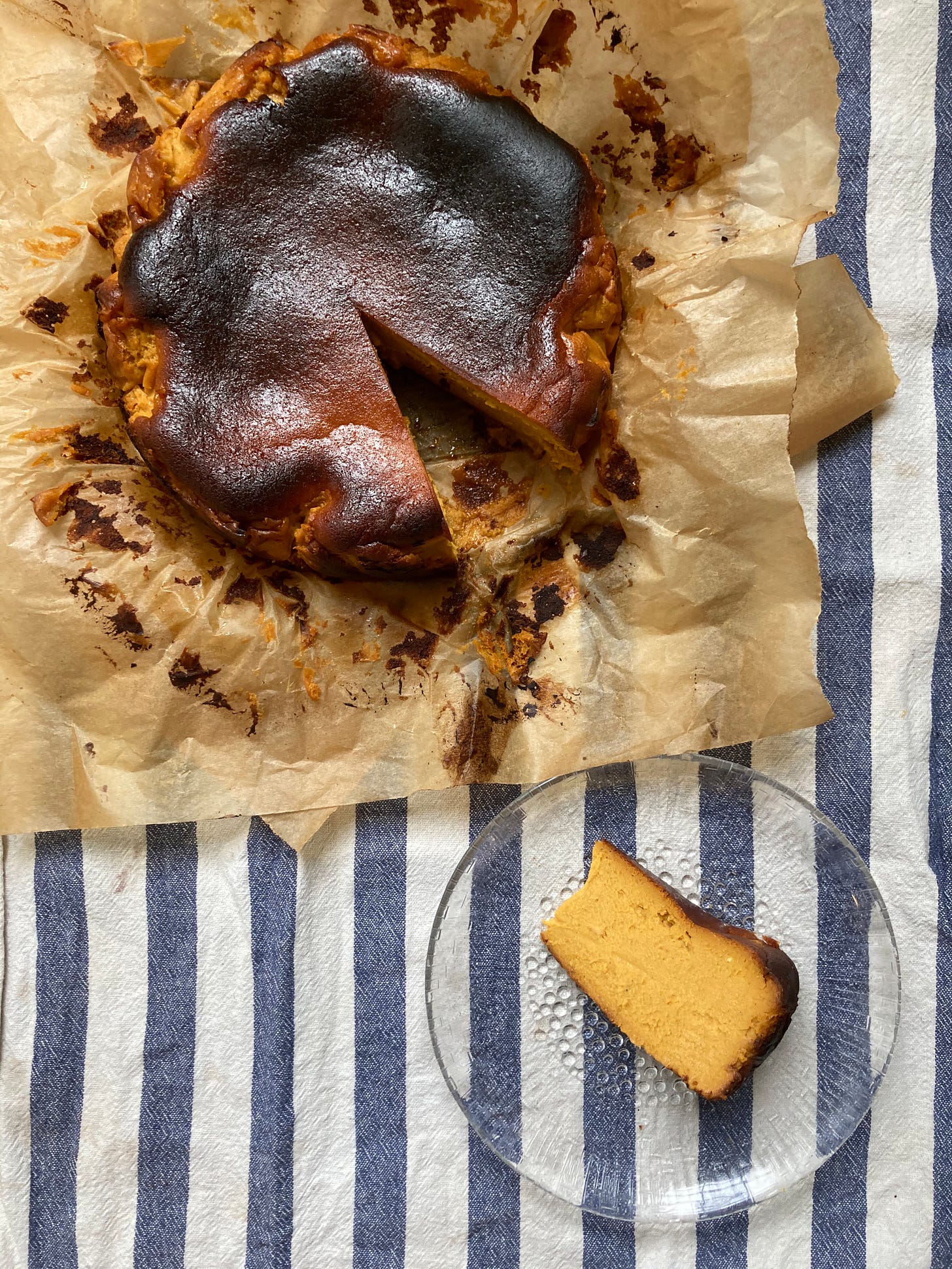
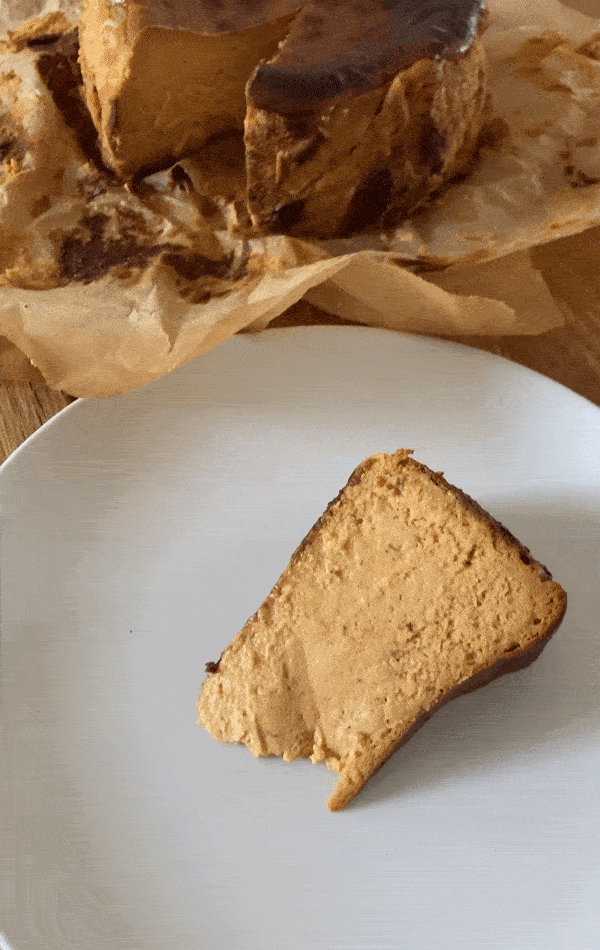
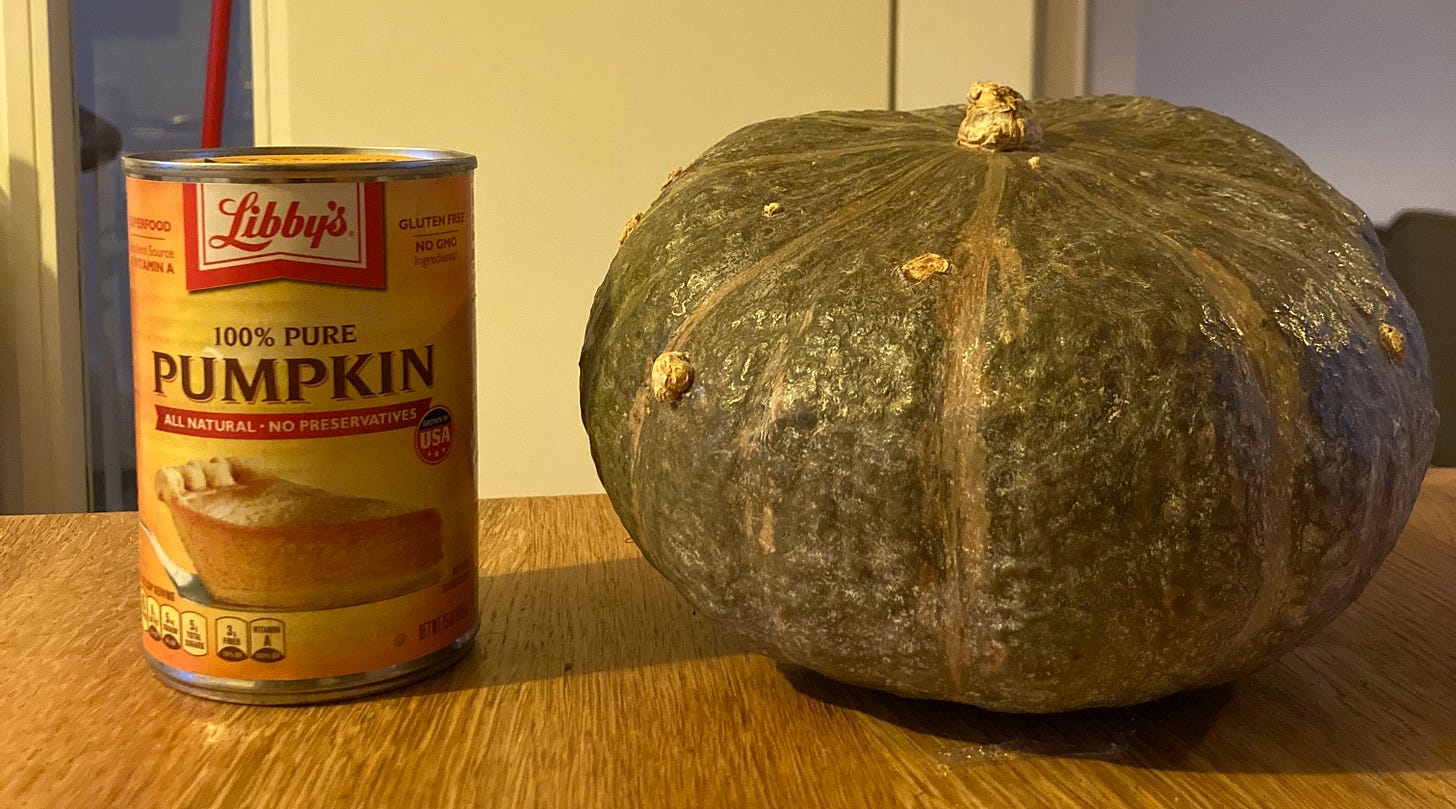
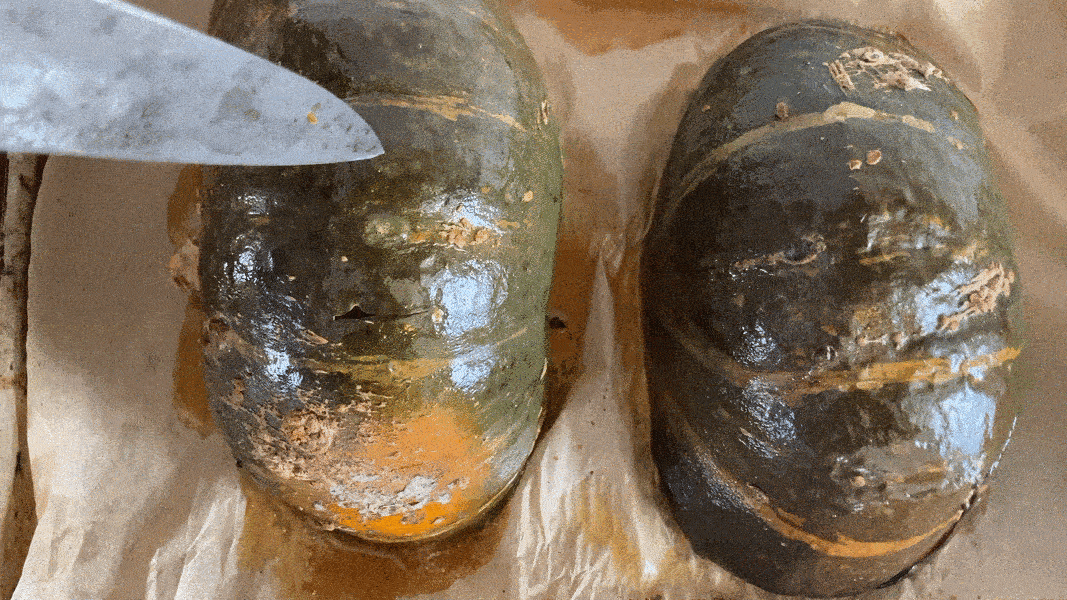
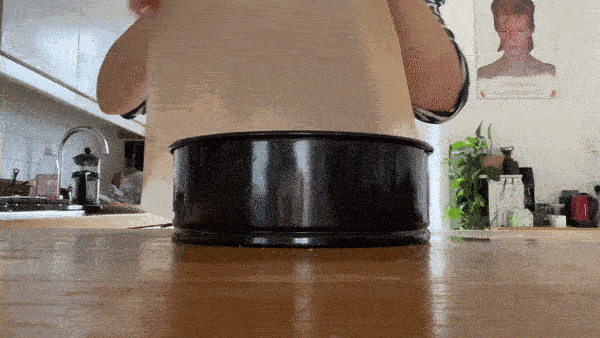
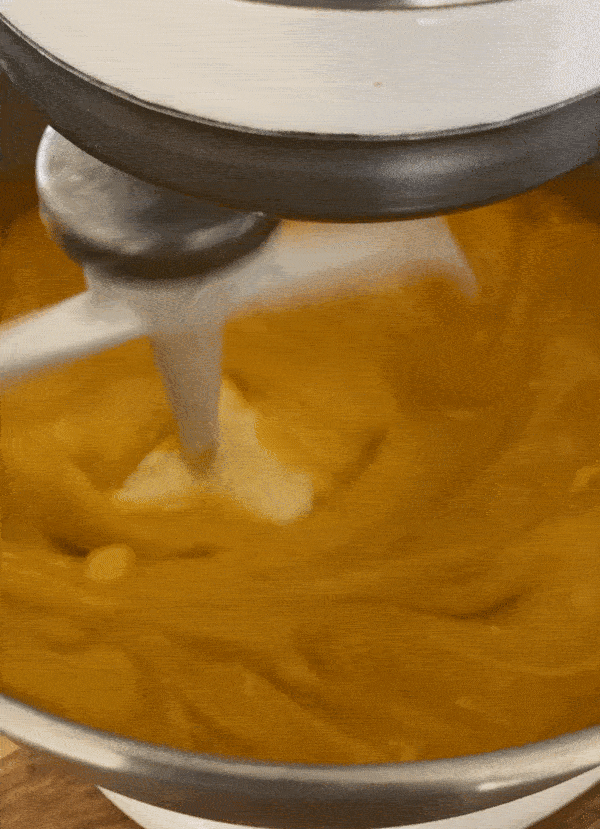
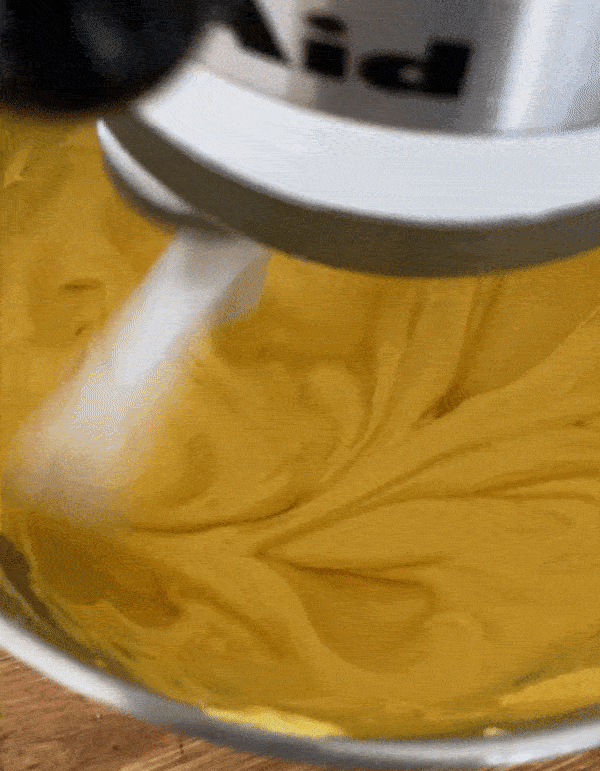

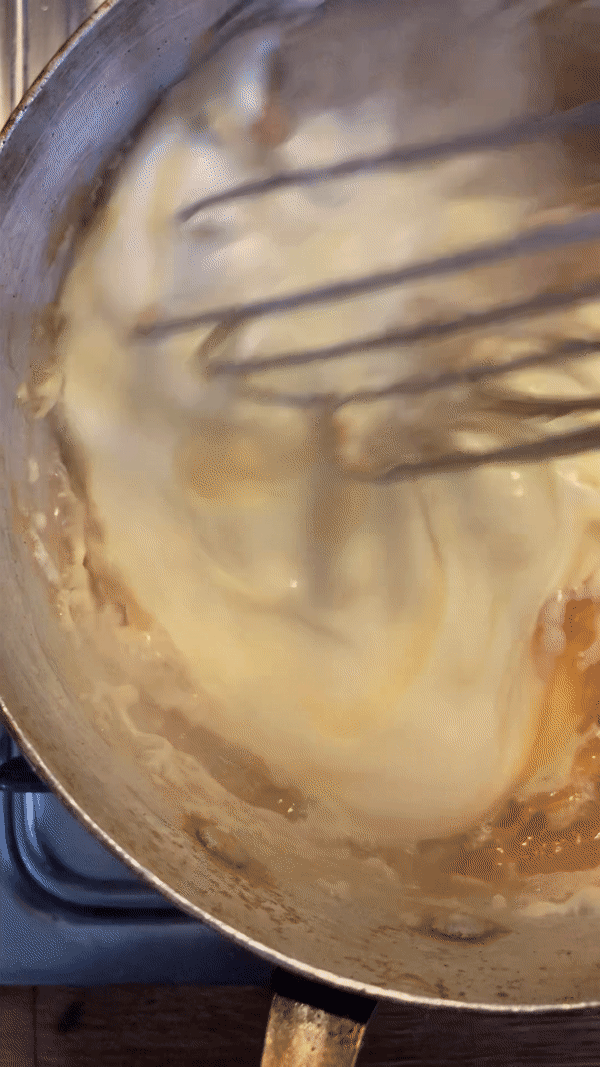
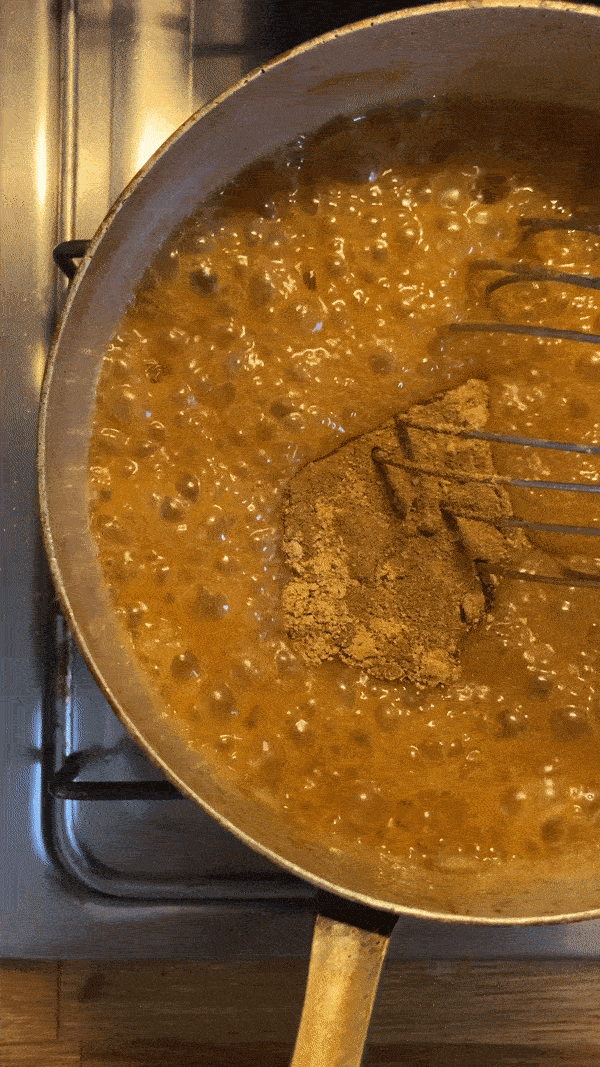
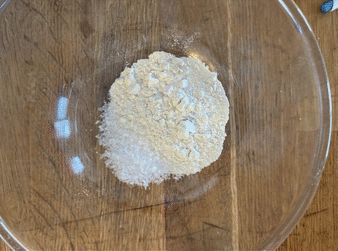

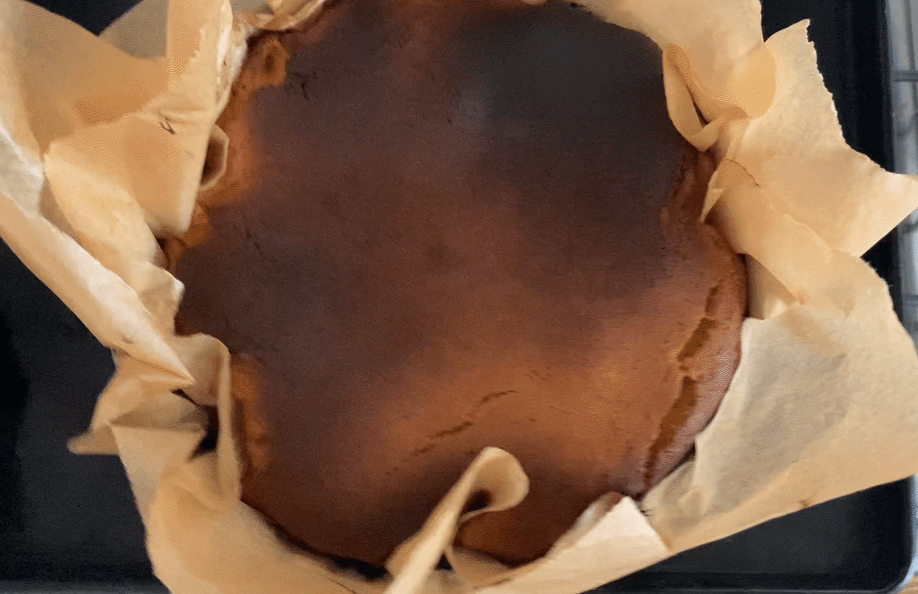
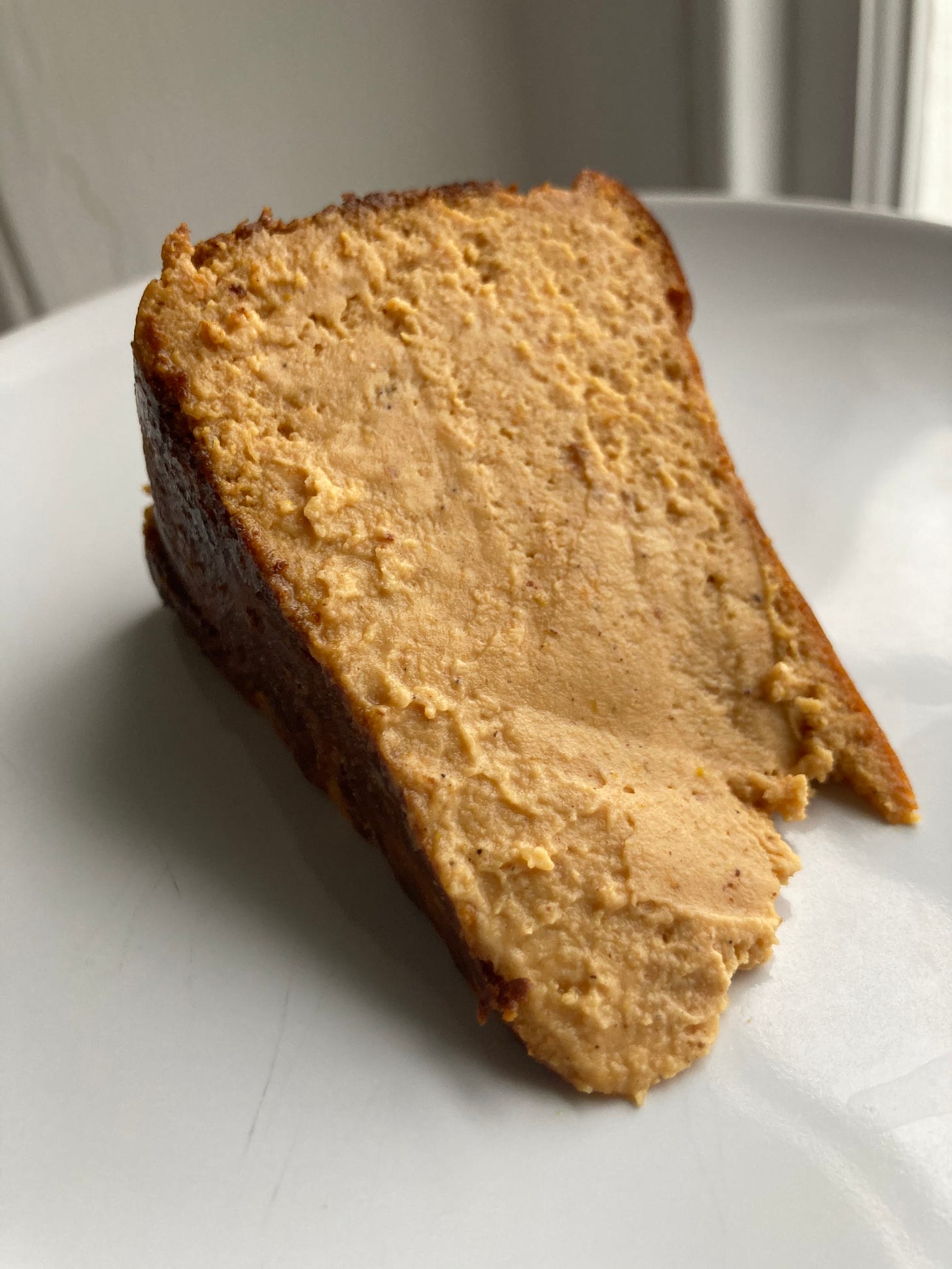
Hello
I live in US, is double cream same as heavy cream?
I’ve made this 3-4 times now over the past couple years. <35 minutes is definitely the correct way- it’s perfectly smooth and creamy. If you want to make a smaller cheesecake, I’ve had some luck using a 1 quart saucepan (5.5” wide, 3” deep) and filling with ~1/3 of the recipe. I did 35 minutes in the oven with the recipe as written, and it was a little past perfect in the center, but pretty close and the doneness gradient was such that I believe perfection is possible in the smaller size. I’m going to try 30 minutes next time.